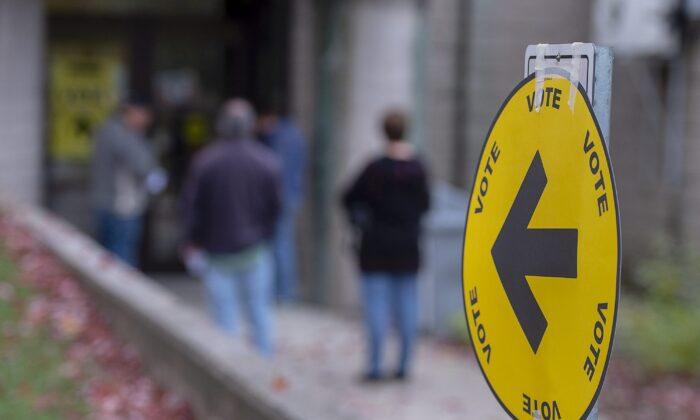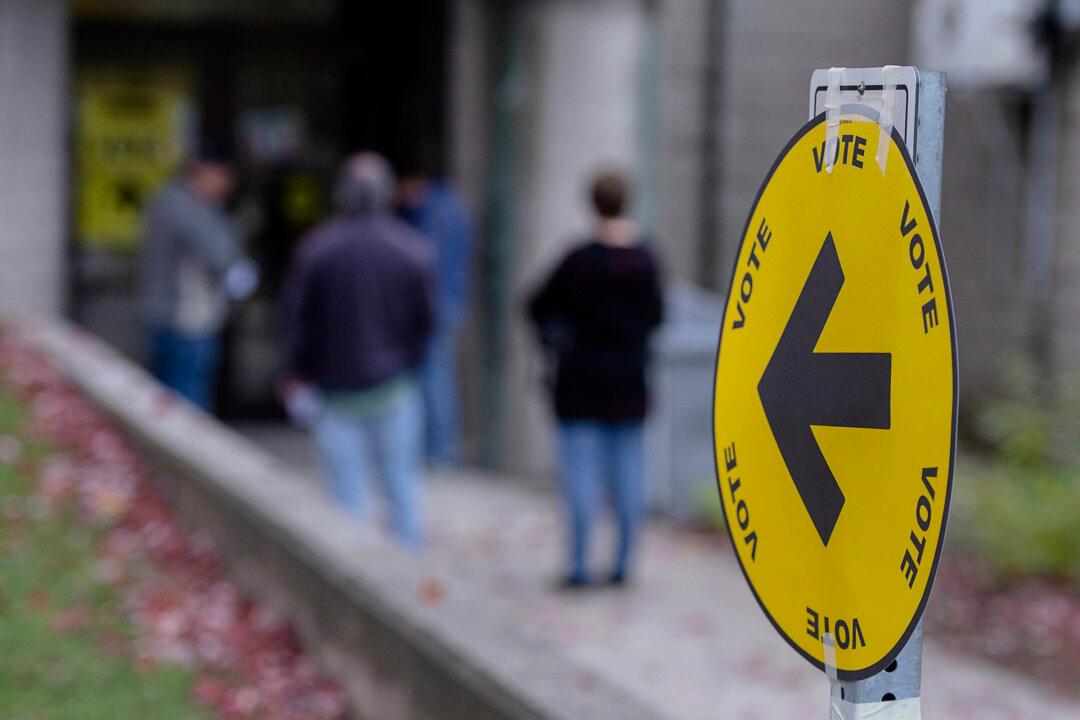The poll was taken from a large sampling across the country with almost 2,500 respondents. Ontario and Atlantic Canada were both oversampled, likely because the pollster was surprised with the results and wanted to ensure accuracy.
Voter intentions are always fluid and can shift quickly as issues emerge. While the Liberals have been seeing a slow but steady decline in national support for some time now, this is the first indication of a large shift. Political parties are constantly running their own private polls and they likely are seeing the same trend as the Abacus Data polling. Sinking support surely helped inspire the recent cabinet shuffle. Prime ministers don’t typically make such radical changes within their cabinet if things are looking good.
The Liberal Party under Justin Trudeau’s leadership has traditionally counted on consistent and strong support among women and younger Canadians. But for the first time since winning the government in 2015, the Liberals are trailing in both categories.
The Conservative Party now leads in all age groups and has a four-point lead among women. While increasing support among men and older voters is important, gaining votes from demographics that usually aren’t supportive of your party is what wins elections.
The questions the Liberals must be asking themselves are, why are they bleeding support among women and youth and what they can do to turn the trend around.
The rise in the cost of living is the top issue of concern for voters by a large measure, coming in at 72 percent. Health care is the second most important issue at 45 percent, followed by housing affordability at 43 percent. Climate change and the environment fall well back, as only 29 percent of those polled see it as a top issue.
Prime Minister Trudeau has hitched his wagon to being a crusader against climate change since taking the nation’s top job. Carbon taxes and regulations created to reduce emissions have impacted industries and individuals. While most citizens are concerned about the environment, it means little to them if they can’t afford groceries or pay the rent.
Women are usually the most attuned to rises in costs of living as they are often the money managers in family units. Single mothers are even more sensitive to rising prices as they try to juggle childcare, school costs, and household essentials along with working for a living.
Young Canadians are being adversely impacted by the current economy. Housing prices have put the ability to purchase out of reach for most young people, while rents skyrocket in most urban centres. Although social justice and climate issues are important to young people, those concerns are set aside when struggling to make ends meet.
Trudeau needs to convince Canadians he can turn into a responsible, fiscal manager. That will be a tough task with his propensity for taking lavish trips while successive governor generals he has appointed have been caught in spending scandals. It makes it tough for voters to believe he can relate to their financial pressures.
Trudeau also relied on flair and vigour to remain popular in his early years in office. While he isn’t old by political standards, he is no longer a fresh face offering to take on the establishment. He is the establishment.
A lot can change over the next two years and the Liberal government can’t be ruled out as a contender in the next election by any means. Winning back lost supporters is a tough task, though. If the Liberals continue to lose support among youth and women, they are in dire trouble.
Although Trudeau changed many faces in his cabinet in hopes of refreshing his government, the faces he kept indicate he doesn’t realize why he is losing support. While environmental concerns wane and fiscal concerns are top of mind for Canadians, he kept both the finance minister and the environment minister in their postings.
If the Liberals can’t get a handle on the rising cost of living soon, they are likely on the way out the door as a government.





